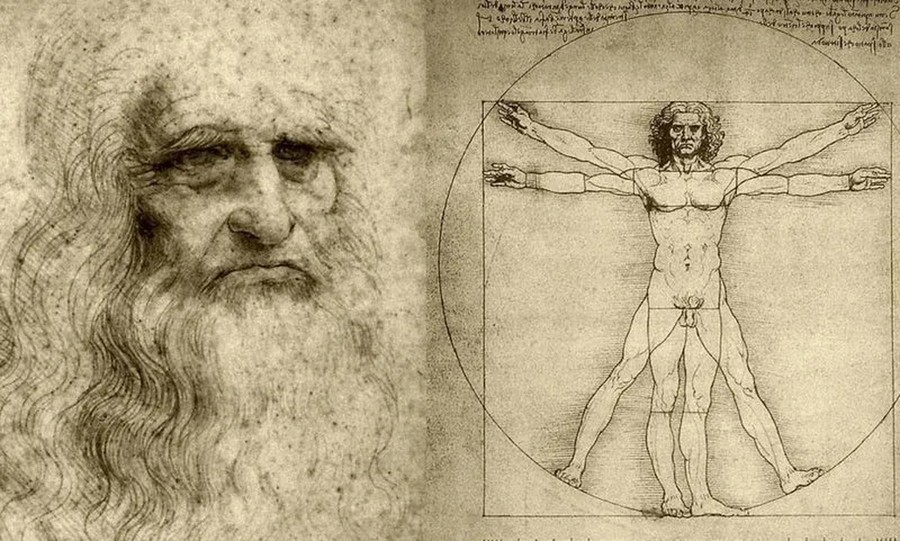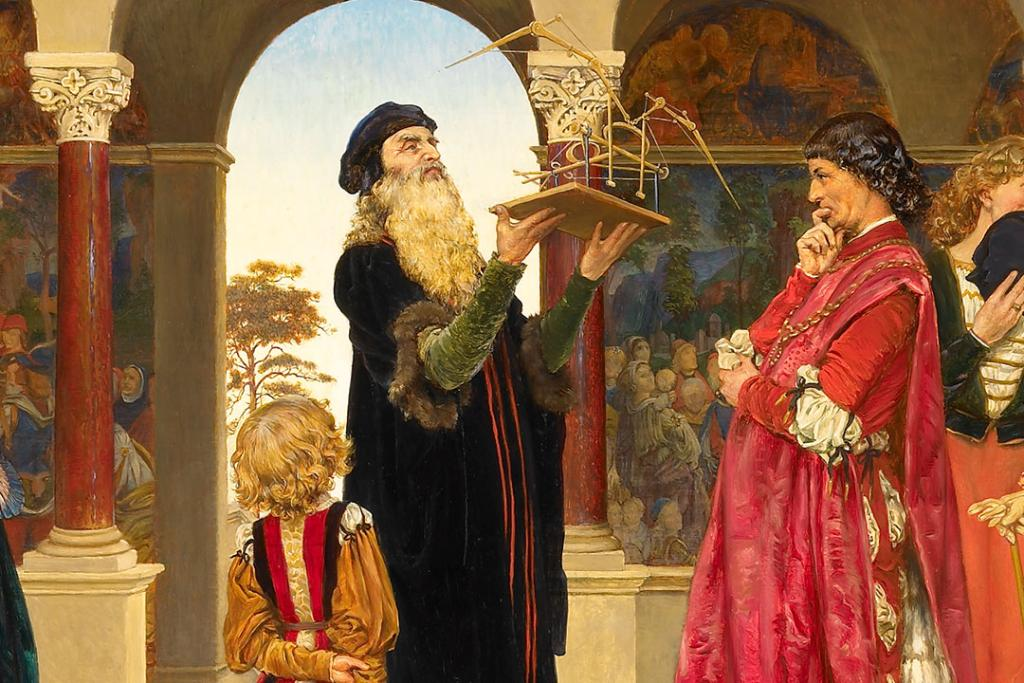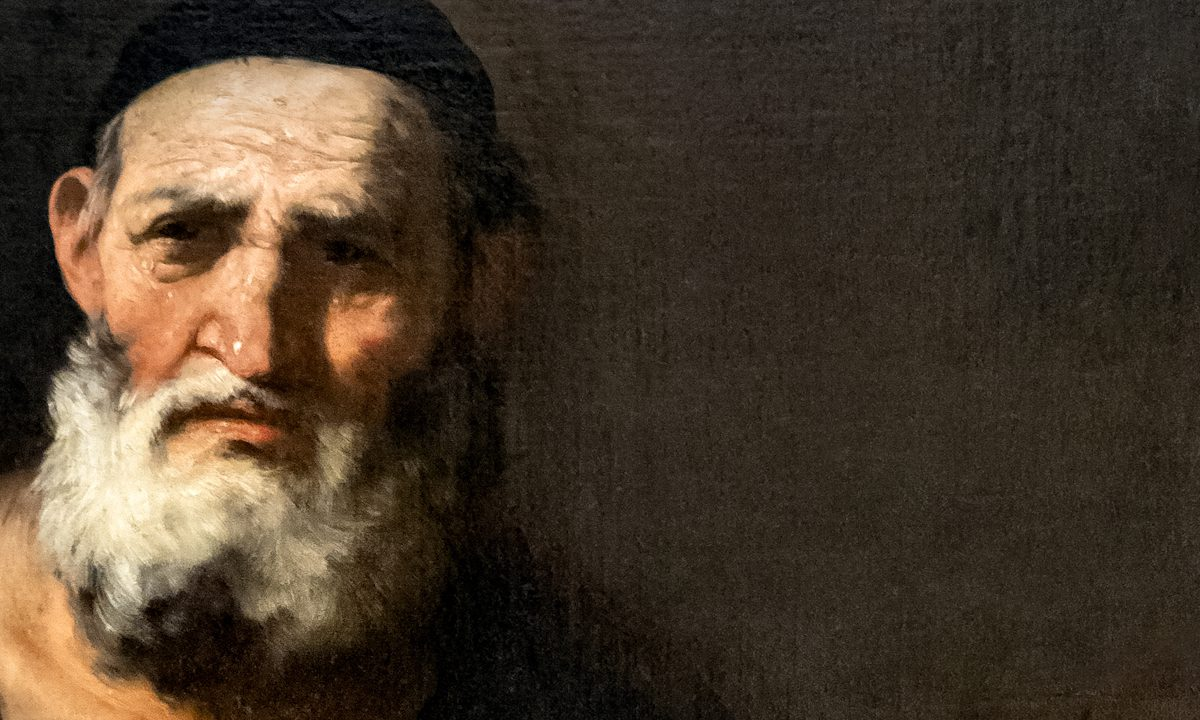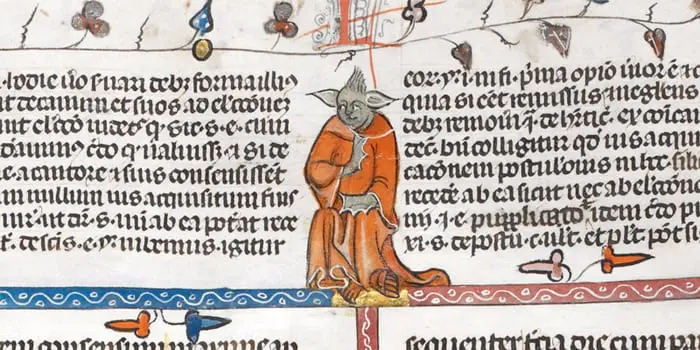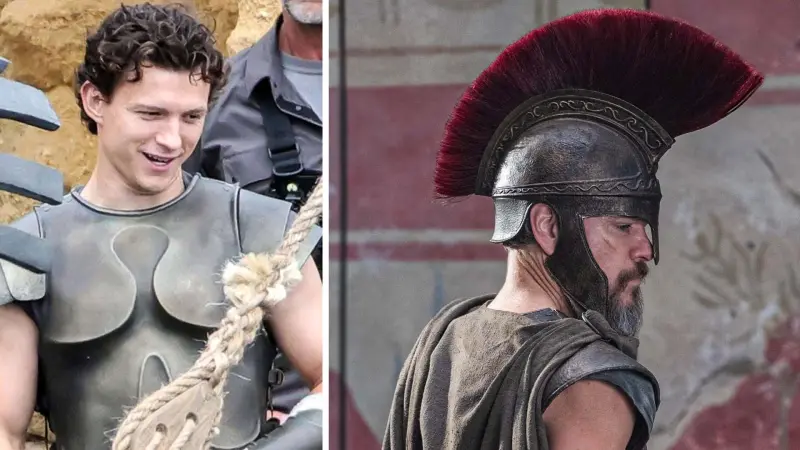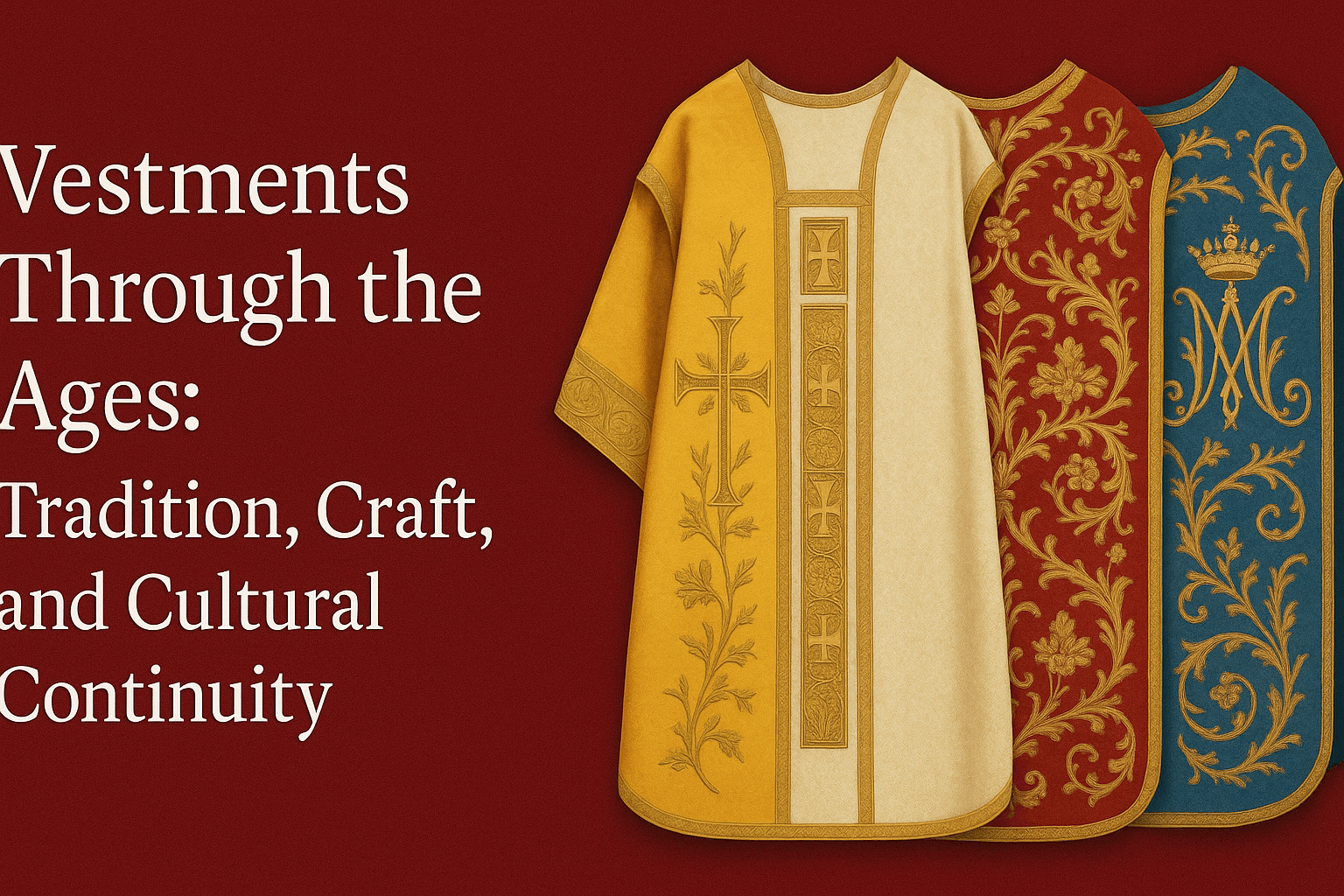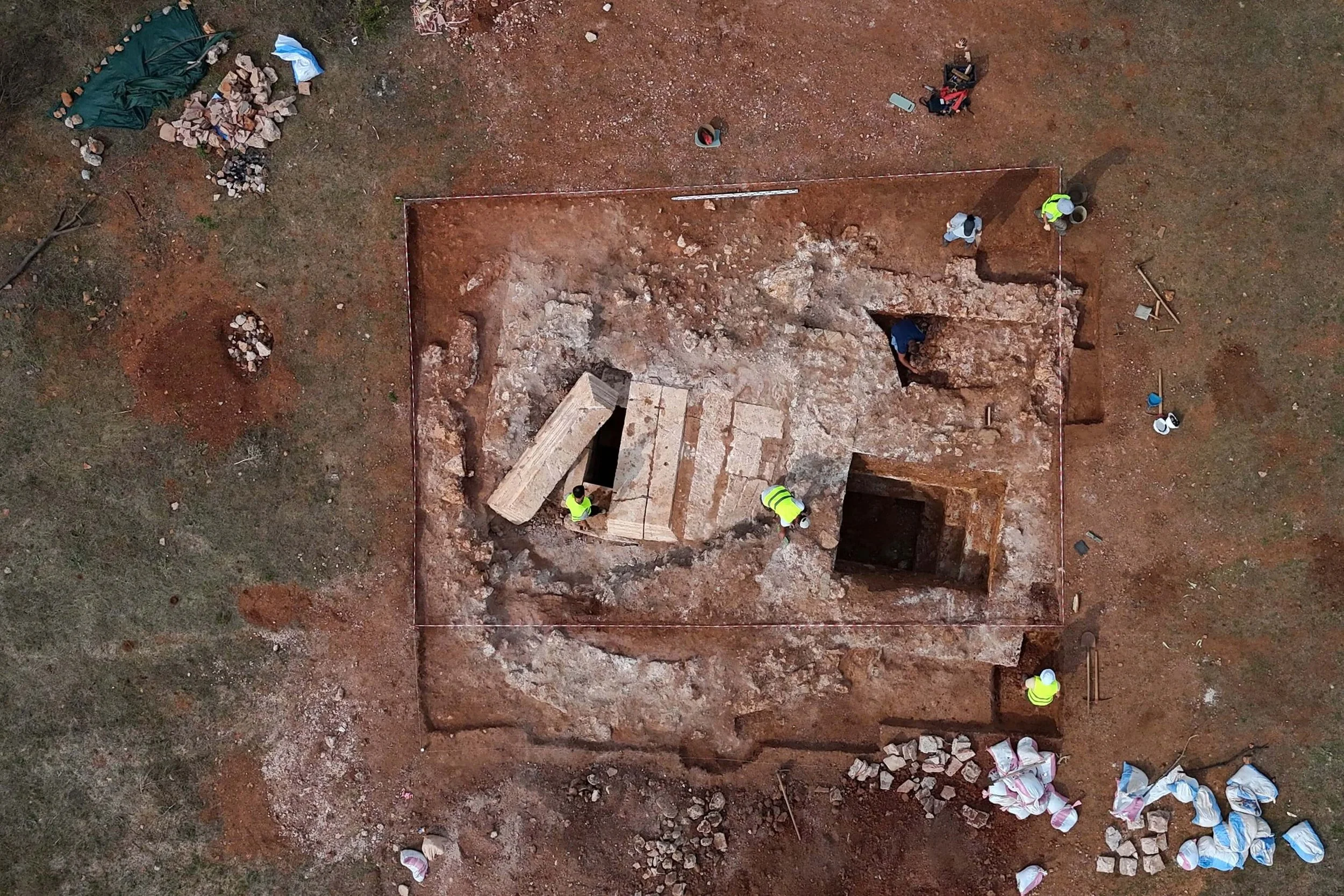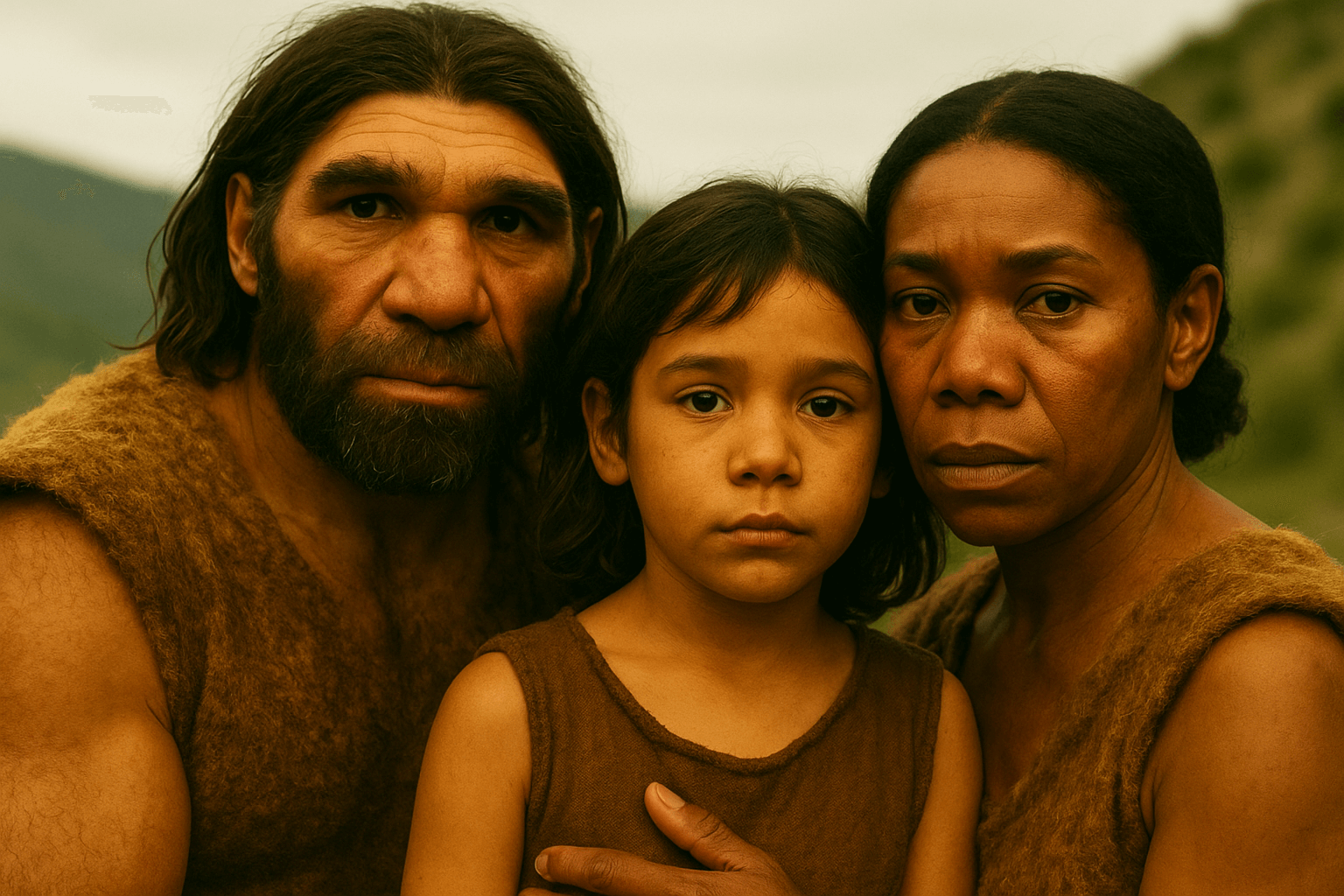The Antikythera Mechanism, long regarded as the world’s first computer and a marvel of ancient Greek engineering, may not have been the precise astronomical tool we thought it was. A new study suggests it might have served a very different purpose — perhaps even as a sophisticated toy.
A Mysterious Masterpiece From Antiquity
Discovered in 1900 in a Roman-era shipwreck off the Greek island of Antikythera, the mechanism was found inside a wooden box and composed of intricate bronze gears. Over time, 81 fragments of the device have been recovered, revealing a total of 40 handmade gears.
Believed to date back to around 100 BCE, the Antikythera Mechanism is often hailed as the earliest known analog computer. Previous research has shown it could track planetary movements, mark the passage of days and years, and even predict eclipses. Scans conducted in 2008 also suggested it recorded major events in the ancient Greek calendar — including the Olympic Games.
Despite over a century of study, the device continues to puzzle scientists and historians, inspiring both serious scholarship and far-fetched theories — including claims that it’s proof of alien intervention in human history, as the Daily Mail wryly notes.
A Radical New Perspective
Now, researchers from the National University of Mar del Plata in Argentina have introduced a fresh perspective. Their analysis suggests the mechanism might not have been a reliable scientific instrument at all. Instead, they argue, it could have been something far simpler — a toy.
Using computer simulations, the Argentine team studied the triangular teeth of the device’s gears, a feature previously believed to be essential to its operation. They found that imprecisions in the gear construction would have caused frequent jamming, making the device impractical for accurate astronomical use.
According to their findings, the gears would likely get stuck while turning the crank — now lost — that powered the system. The uneven movement of the triangular gear teeth would also cause inconsistent motion, leading to acceleration and deceleration with every turn.
Such flaws, the team argues, would have made the mechanism unreliable. This led them to propose a provocative idea: what if it was never meant to be a precision instrument at all, but rather a clever object designed for amusement — possibly even a child’s toy?
A Paradox of Precision and Play
Despite their theory, the researchers are quick to acknowledge the device’s exceptional craftsmanship. The time, effort, and skill required to build the Antikythera Mechanism seem far beyond what one would expect for a mere toy.
“It seems unlikely that someone would go to such lengths to construct such a complex yet non-functional device,” the team noted.
Still, they emphasize that only about one-third of the original mechanism survives today. This means that some of the most critical components may be missing, making it difficult to judge the mechanism’s original precision based solely on the current fragments. The Daily Mail points out that the actual device may have been much more reliable than this recent simulation suggests.
Not the Final Word
The study, published on the preprint server arXiv, has not yet undergone peer review and joins a long list of hypotheses surrounding this ancient enigma.
In the past, British astrophysicist Mike Edmunds concluded that the Antikythera Mechanism was likely created for educational demonstrations rather than practical astronomical predictions. The Argentine researchers support this view, noting that the errors observed in the mechanism exceed acceptable margins for functional use.
They call for more refined research techniques to truly understand the device’s accuracy and capabilities, reminding us that the Antikythera Mechanism, more than 2,000 years after its creation, still holds secrets waiting to be unlocked.
Whether an ancient scientific calculator, an educational model, or even a high-end toy, the Antikythera Mechanism remains one of history’s most fascinating technological relics — a testament to the brilliance and curiosity of the ancient Greek mind.




